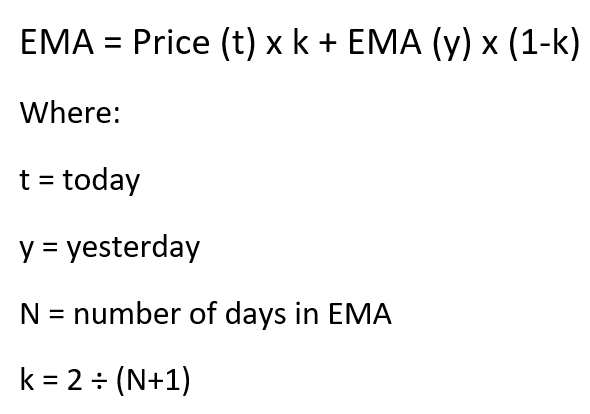

Harmonisation, mutual-recognition procedure and decentralised procedure This type of procedure may be triggered by a marketing-authorisation holder when applying for a new indication, new pharmaceutical form or new route of administration for use in children for a product authorised under Directive 2001/83/EC. Information for marketing-authorisation holders/applicants on this type of procedures is available under questions and answers: Article 31 pharmacovigilance referral and questions and answers: Article 31 non-pharmacovigilance referral. This type of referral is triggered when the interest of the Union is involved, following concerns relating to the quality, safety or efficacy of a medicine or a class of medicines. Information for marketing-authorisation holders on this type of procedure is available under questions and answers: Article 20 pharmacovigilance procedures and questions and answers: Article 20 non-pharmacovigilance procedures This type of procedure is triggered for medicines that have been authorised via the centralised procedure in case of quality, safety or efficacy issues. Safety, quality, manufacturing or efficacy issues Information for marketing-authorisation holders on this type of procedure is available under questions and answers: Urgent Union procedure (Article 107i). The procedure is also applicable in case of a safety issue with a class of medicines. Situations that fall under this procedure include consideration for suspension or revocation of the marketing authorisation for a medicine, the prohibition of supply of a medicine or major changes to the marketing authorisation such as deletion of indications, reduction of the recommended dose or new contraindications. This type of procedure is triggered when a Member State or the European Commission consider that urgent action is necessary because of a safety issue. Types of referralĪll referrals are described in the legislative texts that govern how medicines are authorised and monitored in the EU. Referrals can be started by the European Commission, any Member State or by the company that markets the medicine.įor most referrals, the European Commission issues a decision to all Member States reflecting the measures to take to implement the Agency's recommendation. all other referrals on human medicines are assessed by the CHMP only.safety-related referrals are assessed by the Pharmacovigilance Risk Assessment Committee (PRAC) and then either by the Committee for Medicinal Products for Human Use (CHMP) or, for nationally authorised medicines, by the Coordination Group for Mutual Recognition and Decentralised Procedures - Human (CMDh).There are a number of reasons why a referral may be started, ranging from concerns over the safety of a class of medicine to disagreements among Member States on the use of the medicine: The medicine, or the class or medicines, is 'referred' to the Agency so that it can make a recommendation for a harmonised position across the EU.
/EMA-5c535d5a46e0fb000181fa56.png)

In a referral, the European Medicines Agency (EMA) is requested to conduct a scientific assessment of a particular medicine or class of medicines on behalf of the European Union (EU). Submitting a post-authorisation applicationĪ referral is a procedure used to resolve issues such as concerns over the safety or benefit-risk balance of a medicine or a class of medicines.Q&A: Article 31 non-pharmacovigilance referrals.Q&A: Article 31 pharmacovigilance referrals.Q&A: Article 20 non-pharmacovigilance procedures.Q&A: Article 20 pharmacovigilance procedures.Q&A: Urgent Union Procedures (Article 107i).
:max_bytes(150000):strip_icc()/dotdash_Final_Exponential_Moving_Average_EMA_Aug_2020-01-3bacd080c9ac450595fe7daa9148a65b.jpg)


 0 kommentar(er)
0 kommentar(er)
